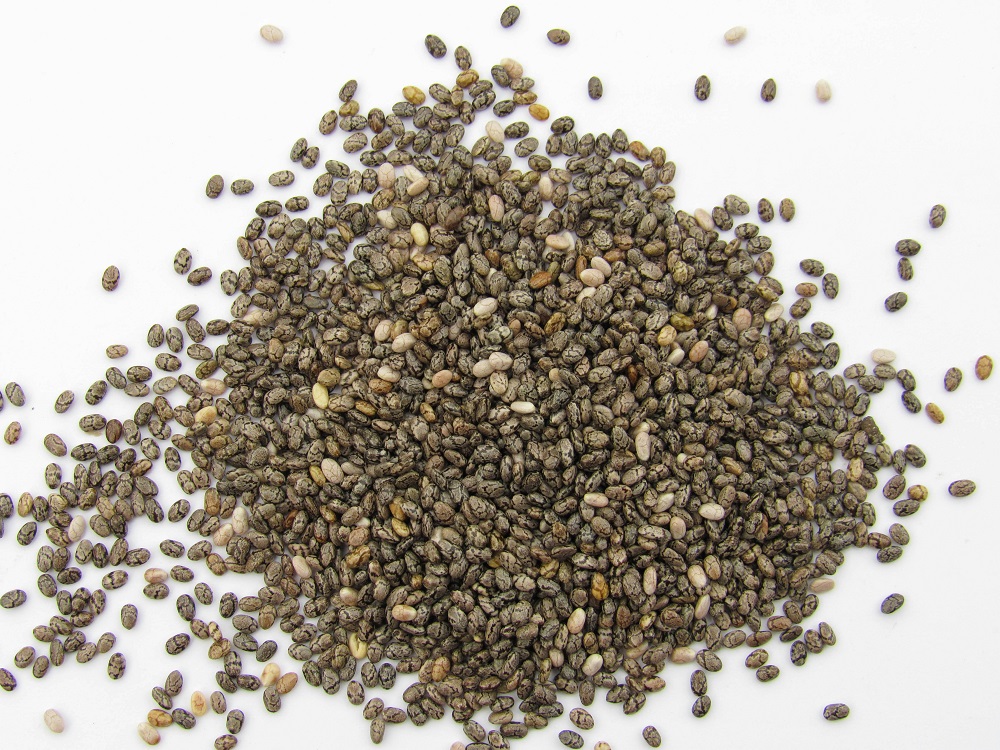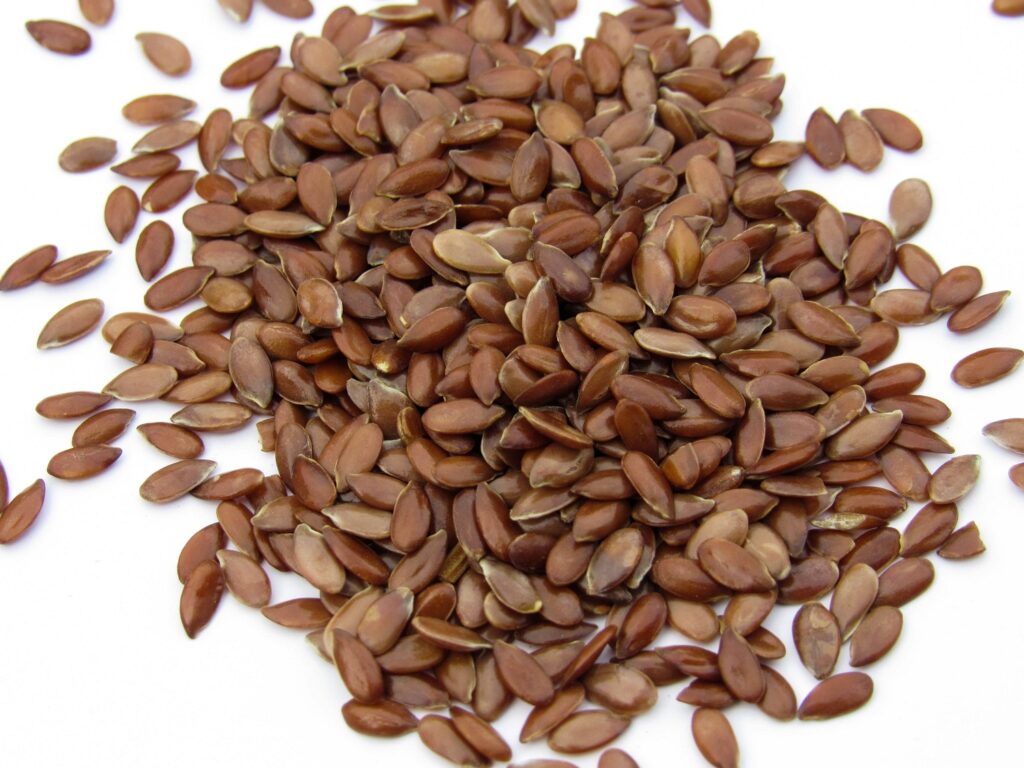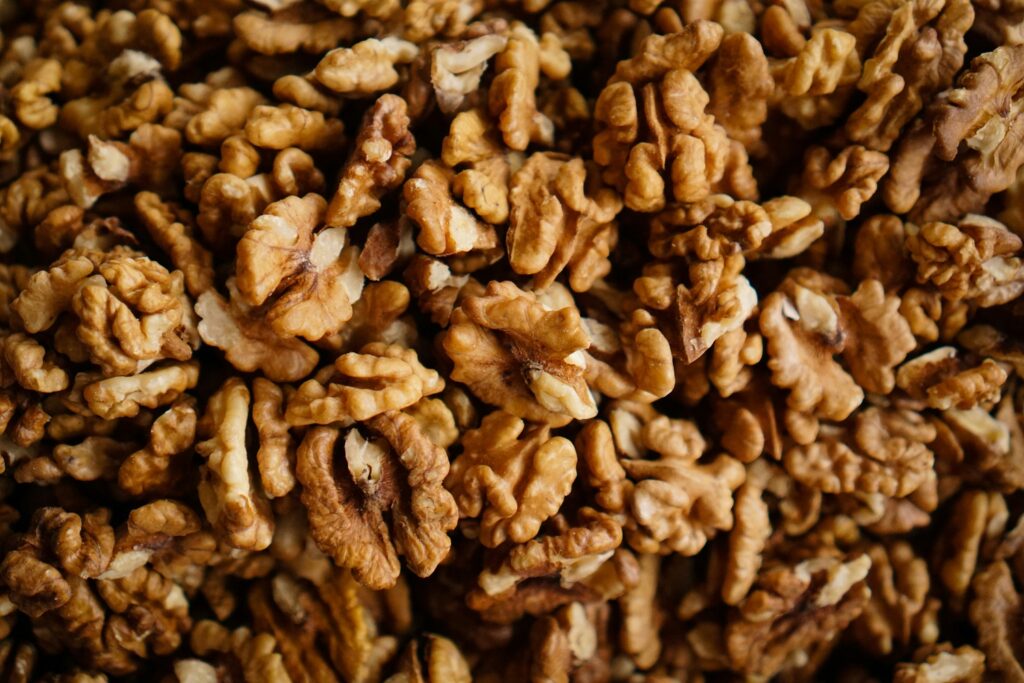Omega-3 fatty acids are essential fats that play a critical role in our health. They help reduce inflammation, support heart health, and are vital for brain function. While the body cannot produce omega-3s on its own, they can be obtained through dietary sources. There are three primary types of omega-3 fatty acids: ALA (alpha-linolenic acid), found mostly in plant-based foods, and EPA (eicosapentaenoic acid) and DHA (docosahexaenoic acid), which are primarily found in fish and seafood. Below are some of the best sources of omega-3s, categorized by their origin. Mohit Tandon from Burr Ridge suggested some Best Sources of Omega-3 Fatty Acids:
1. Fatty Fish: Rich in EPA and DHA
Fatty fish are among the best sources of omega-3s, particularly EPA and DHA. These long-chain omega-3s are readily absorbed by the body and have been shown to have numerous health benefits, including improved heart health, reduced inflammation, and better cognitive function.

Top Fatty Fish High in Omega-3
- Salmon: One of the most popular and well-known sources, wild-caught salmon is particularly rich in omega-3s. A 3-ounce serving of salmon can provide around 1,500 milligrams of EPA and DHA combined.
- Mackerel: This oily fish is incredibly nutrient-dense and offers a high concentration of omega-3s. Just a 3-ounce portion of mackerel can contain up to 4,000 milligrams of EPA and DHA.
- Sardines: Small but mighty, sardines are packed with omega-3s and are also rich in calcium and vitamin D. A can of sardines provides around 1,000 milligrams of omega-3s. – Mohit Tandon Burr Ridge
- Herring: Often consumed pickled, smoked, or raw, herring is another excellent source of EPA and DHA omega-3s.
- Anchovies: These small fish are commonly used as flavoring in many dishes, but they are also an excellent source of omega-3s, providing about 1,000 milligrams per 3 ounces.
Why Fatty Fish?
Fatty fish not only provide a large dose of omega-3s but are also rich in high-quality protein, vitamin D, and selenium. Regular consumption of fatty fish is associated with a lower risk of heart disease, better joint health, and improved brain function, making them a top choice for omega-3 intake.
2. Chia Seeds: A Plant-Based Powerhouse
For those who prefer plant-based sources of omega-3s, chia seeds are one of the best options. Chia seeds are loaded with ALA (alpha-linolenic acid), the plant-based form of omega-3s, which the body can convert into EPA and DHA, though in smaller amounts.

Omega-3 Content in Chia Seeds
Just two tablespoons of chia seeds contain around 4,900 milligrams of ALA, making them one of the most concentrated plant-based sources of omega-3s. Chia seeds are also high in fiber, antioxidants, and protein, making them an excellent addition to smoothies, oatmeal, yogurt, and baked goods.
Why Choose Chia Seeds?
In addition to being an omega-3-rich food, chia seeds offer a host of other health benefits. They help regulate blood sugar, improve digestive health, and may assist with weight management due to their high fiber content, which helps keep you feeling full longer.
3. Flaxseeds: A Rich Source of ALA
Like chia seeds, flaxseeds are another plant-based powerhouse high in ALA omega-3 fatty acids. These tiny seeds are rich in fiber and lignans (plant compounds that have antioxidant properties), in addition to being an excellent source of omega-3s.

Omega-3 Content in Flaxseeds
Just one tablespoon of ground flaxseeds provides about 2,350 milligrams of ALA omega-3s. Ground flaxseeds are easier for the body to digest, so it’s recommended to consume them in ground form rather than whole seeds.
Why Choose Flaxseeds?
Flaxseeds offer a number of health benefits, including improved heart health, better digestion, and reduced inflammation. They are also known to support hormonal balance, particularly in women. Flaxseed oil, which is extracted from the seeds, is another option that can be added to smoothies or drizzled over salads for an omega-3 boost.
4. Walnuts: A Tasty Omega-3 Source
Walnuts are another excellent plant-based source of ALA omega-3 fatty acids. These heart-healthy nuts are not only rich in omega-3s but also provide a good amount of protein, fiber, vitamins, and minerals.

Omega-3 Content in Walnuts
A 1-ounce serving of walnuts (about 14 halves) contains around 2,500 milligrams of ALA. Walnuts are easy to add to your diet in various ways, including snacking on them raw, adding them to salads, or mixing them into baked goods or oatmeal.
Why Choose Walnuts?
In addition to being rich in omega-3s, walnuts are also known to help lower cholesterol levels, reduce inflammation, and support brain health. Eating walnuts regularly is associated with improved heart health and may even help prevent cognitive decline as you age.
5. Hemp Seeds: A Nutritious, Omega-3-Rich Seed
Hemp seeds are another excellent source of ALA omega-3s. These seeds are often hailed as a superfood due to their rich nutrient profile, which includes protein, essential minerals like magnesium, and healthy fats.
Omega-3 Content in Hemp Seeds
Just three tablespoons of hemp seeds provide about 6,000 milligrams of ALA omega-3s. These seeds also contain a healthy balance of omega-3 and omega-6 fatty acids, which is important for overall health.
Why Choose Hemp Seeds?
In addition to their omega-3 content, hemp seeds are high in plant-based protein and essential amino acids. They support heart health, help manage blood sugar levels, and promote healthy skin and hair. Hemp seeds can be sprinkled over salads, added to smoothies, or mixed into baked goods. – Mohit Tandon Burr Ridge
6. Seaweed and Algae: Ocean-Based Omega-3 Sources
For those following a vegetarian or vegan diet, seaweed and algae are excellent plant-based sources of EPA and DHA, the long-chain omega-3s typically found in fish.
Omega-3 Content in Algae
Certain algae species, such as spirulina and chlorella, are particularly rich in DHA and EPA omega-3s. These algae-based omega-3 supplements are often available in capsule or powder form. This makes it easy for vegans and vegetarians to meet their omega-3 needs without consuming fish.
Why Choose Algae and Seaweed?
Algae and seaweed are rich in essential nutrients like iodine, calcium, iron, and antioxidants. They are also lower in environmental contaminants (like mercury) that are sometimes found in fish. Algae-based omega-3 supplements are a great option for those who don’t consume fish but still want to reap the benefits of DHA and EPA omega-3s.
7. Edamame and Soy Products: Plant-Based Protein and Omega-3s
Edamame (young soybeans) and other soy-based products like tofu and tempeh are good sources of ALA omega-3 fatty acids. In addition to omega-3s, soy foods are packed with protein, fiber, and important vitamins and minerals.
Omega-3 Content in Edamame
One cup of edamame contains about 300 milligrams of ALA omega-3s, making it a good plant-based option for boosting your omega-3 intake. Soy milk and tofu also contain smaller amounts of ALA omega-3s.
Why Choose Edamame and Soy Products?
Edamame and soy products are versatile and can be used in a variety of dishes, from stir-fries to soups and salads. They also support heart health, hormone balance, and muscle repair due to their high protein content.
Conclusion: Omega-3 Fatty Acids for Better Health
Omega-3 fatty acids are crucial for maintaining heart health, brain function, and reducing inflammation in the body. Whether you’re a meat-eater, vegetarian, or vegan, there are numerous ways to add omega-3s to your diet. From fatty fish like salmon and mackerel to plant-based sources like chia seeds, walnuts, and algae, there’s an omega-3-rich food for everyone. By incorporating these foods into your daily meals, you can reap the many benefits of omega-3 fatty acids and support your overall health.
